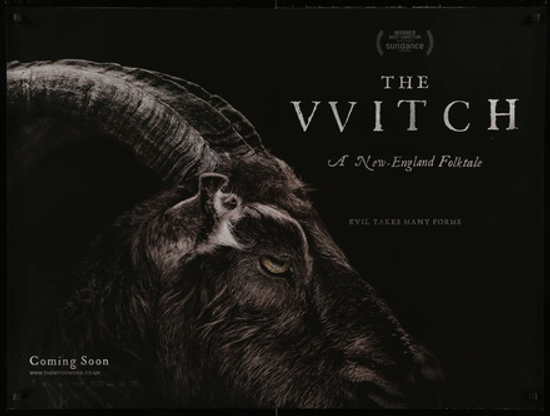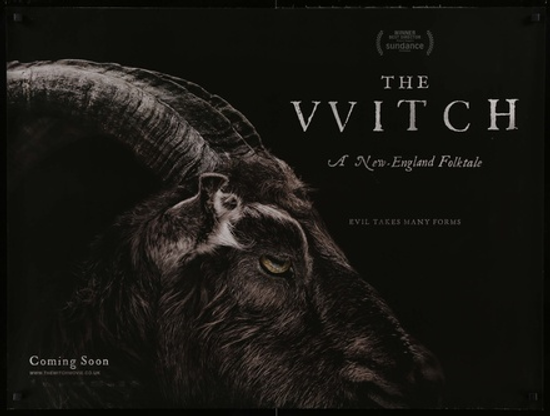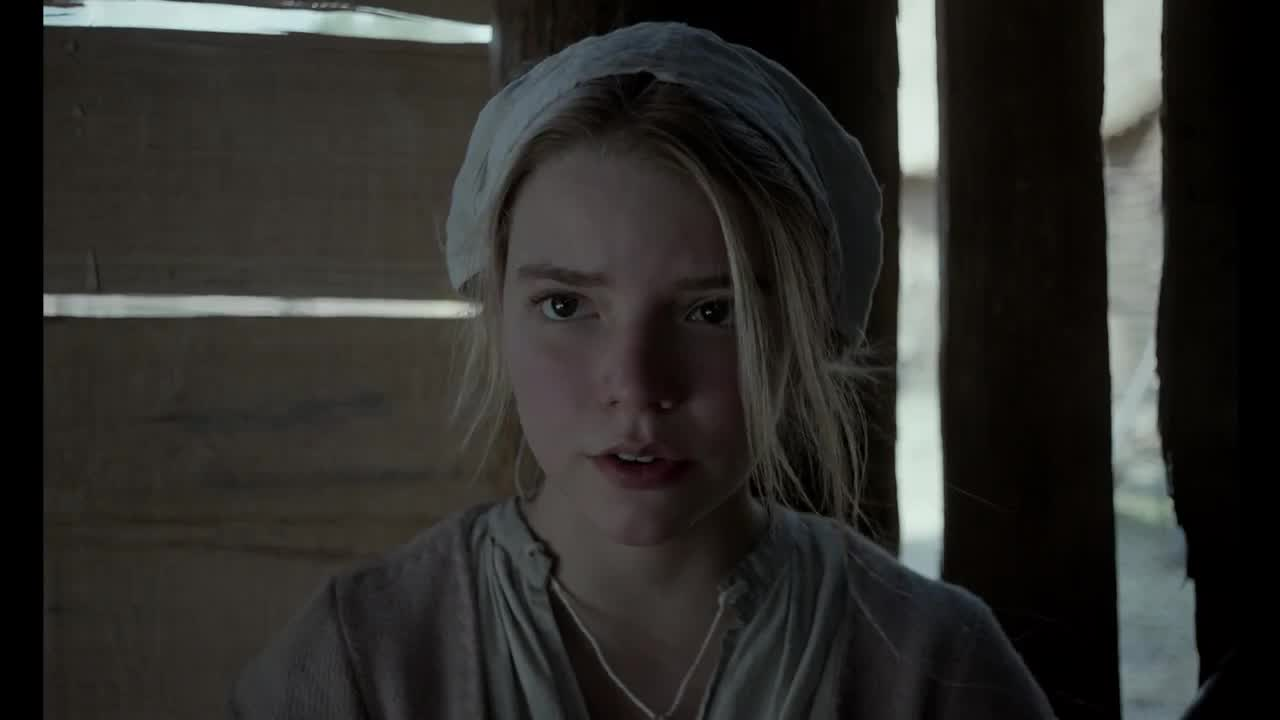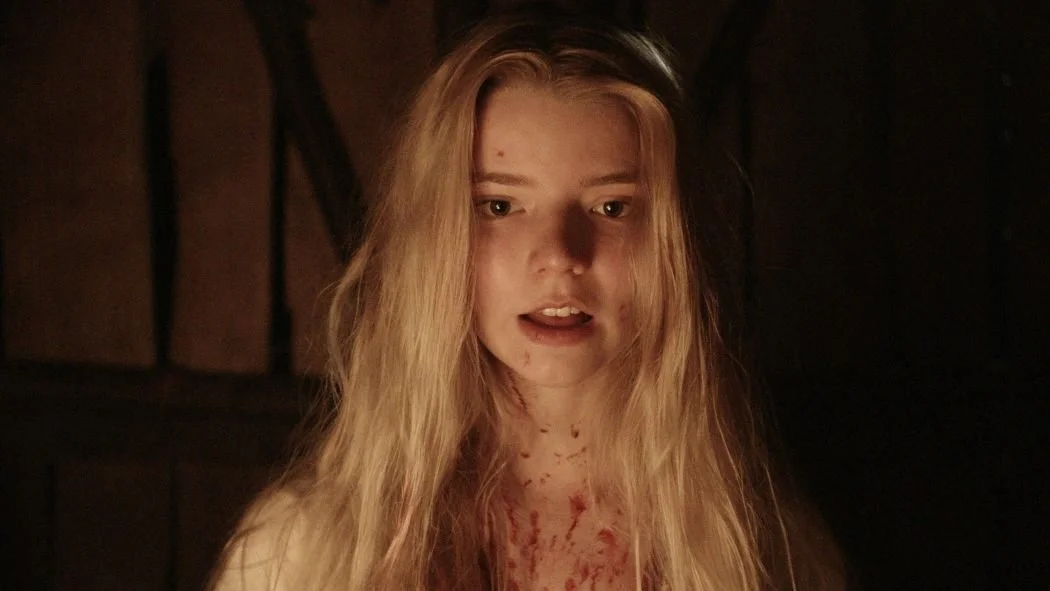The VVitch (2015)—Horror’s New Hitchcock


Newcomer Robert Eggers has made a name for himself in the horror community with films such as The Lighthouse which combines both psychological horror and old English. However, it is his first film, The Witch (stylized as “The VVitch”), that doesn’t often get enough attention nor recognition. This is a shame, since it was this film which helped change the way we see horror in Hollywood.
Puritan family (father: William, mother: Katherine daughter: Thomasin, son: Caleb, twin siblings: Mercy and Jonas) move away from their town to a farm in the woods. Katherine gives birth to a baby boy named Samuel. One day, as Thomasin is playing with Samuel, he is abducted and killed by The Witch. As her parents are discussing on sending her away to another family, Caleb and Thomasin go into the woods to check on a trap he set, only to find a black rabbit that scares their horse away. Caleb goes further into the woods and comes face to face with The Witch who kisses and bewitches him.

Horror as a genre doesn’t get the respect it deserves. Film critics such as Roger Ebert are notorious for dismissing horror films as inferior. However, I believe that horror is one of the best genres in filmmaking, along with one of the most effective. As a genre, horror can be used to explore the darker side of humanity, such as our base instincts and what makes us tick. When done effectively, it can also be used to pinpoint societal shortcomings, as many slasher films from the 1970s and 1980s have done. Unfortunately, most horror films in Hollywood today are usually tailored as remakes, reboots or pointless sequels that dilute the message of the original films.
This is where The VVitch comes in. Not only is it a well-made modern horror film, it contains themes on independence from strict, puritanical Christian values along with themes of sexual freedom. This can be seen with the family being so deeply religious that they believed Thomasin was possessed by the Devil. Additionally, on two occasions, Caleb is seen staring at Thomasin’s chest and is easily seduced by The Witch when she turns into a woman in a provocative dress, showing the dangers of sexual repression among both men and women.

When Thomasin doesn’t get what she yearns for (independence and sexual freedom) from the teachings of Christianity, she turns to Satanism to get what she wants. This can be seen at the end, when Thomasin sheds her clothing, wanders into the woods and joins a group of women chanting to Satan. As they float up into the air cackling, Thomasin joins them. However, upon closer inspection, while Thomasin cackles with them, she doesn’t appear to exhibit the same zeal. Tears can almost be seen trickling down her face, possibly representing her inner turmoil over killing her family prior to joining the cult.
Not only did The VVitch break horror boundaries and launched Robert Eggers’ career in Hollywood, it also introduced the world to the talented Anya Taylor-Joy. She was only 18 and was virtually unknown at the time. Taylor-Joy did an amazing job as Thomasin, perfectly portraying her internal struggle as a woman in a Puritanical family with strict religious beliefs and patriarchal values. Aside from her performance, the film has an overall feel that makes you initially question whether The Witch is even real and not a figment of the family’s imagination. Initially, The Witch is seen possessing the body of a hare that gives the family a few small misfortunes. However, when Caleb is bewitched after going missing, the audience realizes that The Witch is indeed real.

Overall, The VVitch is a refreshing take on the horror genre that’s desperately missing in Hollywood. With wonderful performances by then-newcomer Anya Taylor-Joy along with strong themes of religion and sexual repression, The VVitch is a horror film that should not be overlooked by movie buffs and casual movie watchers alike.








